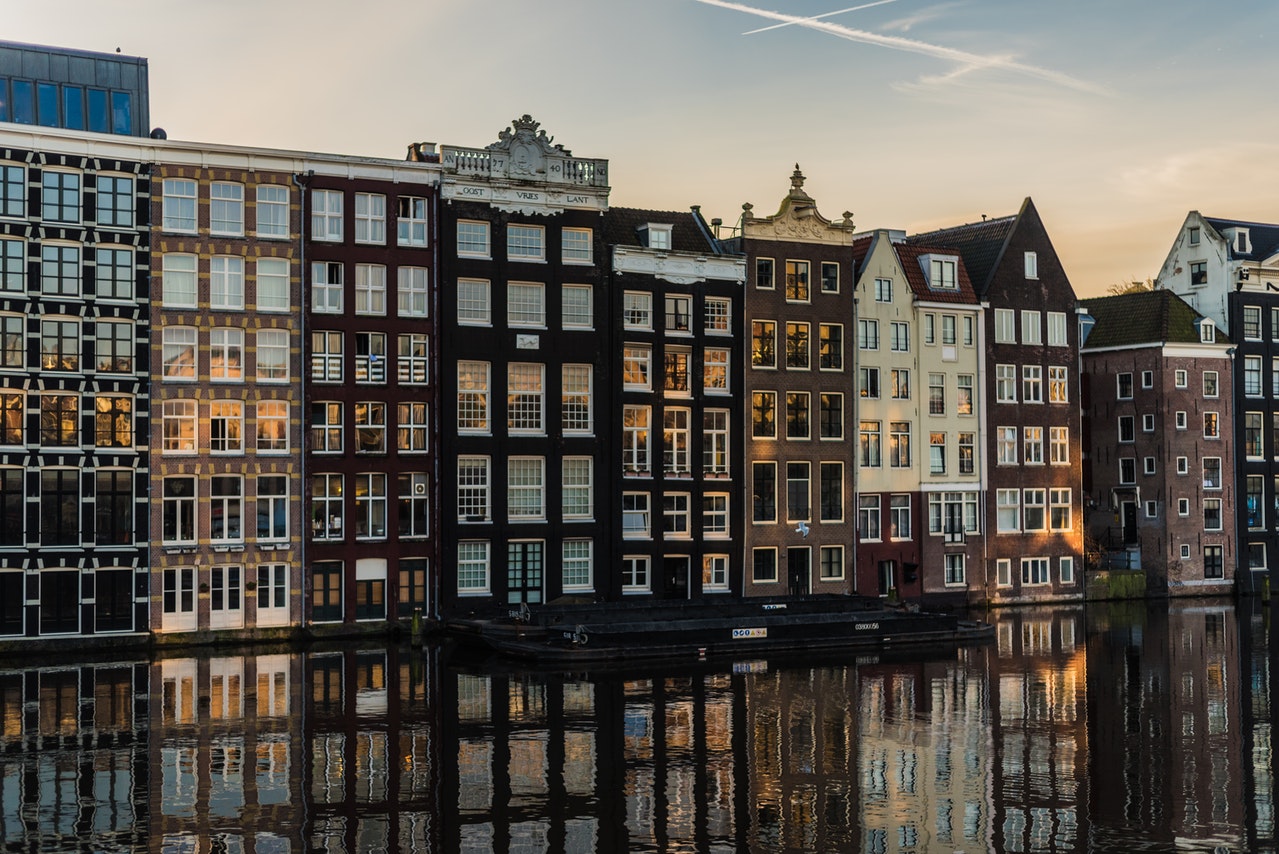We queued in the line, humans separated by a short metal fence. Order is created as impatient feet tap against a cobblestone street. The entrance was modern and sleek, tinted against the warm spring sunlight that peered down from the clearest of blue skies. Shoulders shifted uncomfortably under the weight of backpacks, and languages drifted across the morning air like a shifting melody of many cultures.
Our tickets were checked and we stepped one at a time through a wide, revolving door. Our tickets were then scanned with a small, handheld device, and we stood in an open marble room. We passed along through the entryway, and as the crowd streamed through we were simply asked “English?” With a nod, the attendant passed over a listening device. I looped mine around my neck and entered the first room with an irreverently loud ‘beep’ that admitted me into the beginning of the audio tour.
As we passed in a silent group of strangers-made-familiar by shared experience, I wondered vaguely where the so-called ‘house’ was. This was just a room with gray floors and white-painted brick.
We shuffled slowly from room to room, taking in the words and quotes and photographs. The stories that would forever haunt, yet ease out of the mind later as though they were never there – until again reminded. The crowd took us into the familiar story as it unfolded before us once again: what an incredible tragedy. Silence was all I could give, though I knew the story deserved more than that. A justice that could never be given.
A bookshelf, and a hidden door. Steep, steep wooden stairs. Green walls and peeling paper, and photos pasted to walls, reminiscent of any teenage girl’s bedroom. A sink that couldn’t be used in daylight. A spot on that bed that meant safety when quiet.
The sadness of the journey was something that should never be left untouched: World War II. Nazi’s in homes. Neighbour’s betray loved ones. Friends are hidden. Children are taken and women die. Starvation, gas, disease – so many incredible horrors, and so many corpses discarded as a sign of humanity’s ruin.
The strangest thing was the hope. Her hope of a better world. Her dreams of a future left un-lived. The words of her diary live on as a story and a message, hopefully to be remembered by all.
That was the Anne Frank House.

